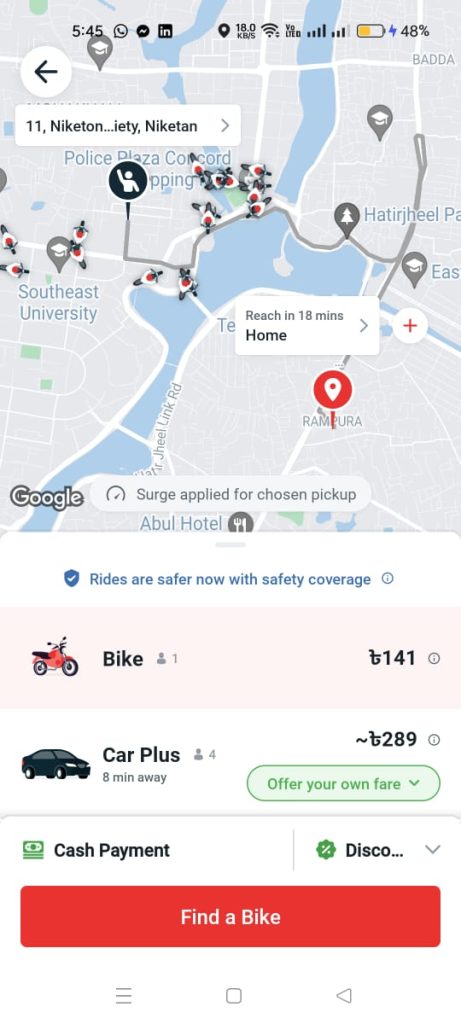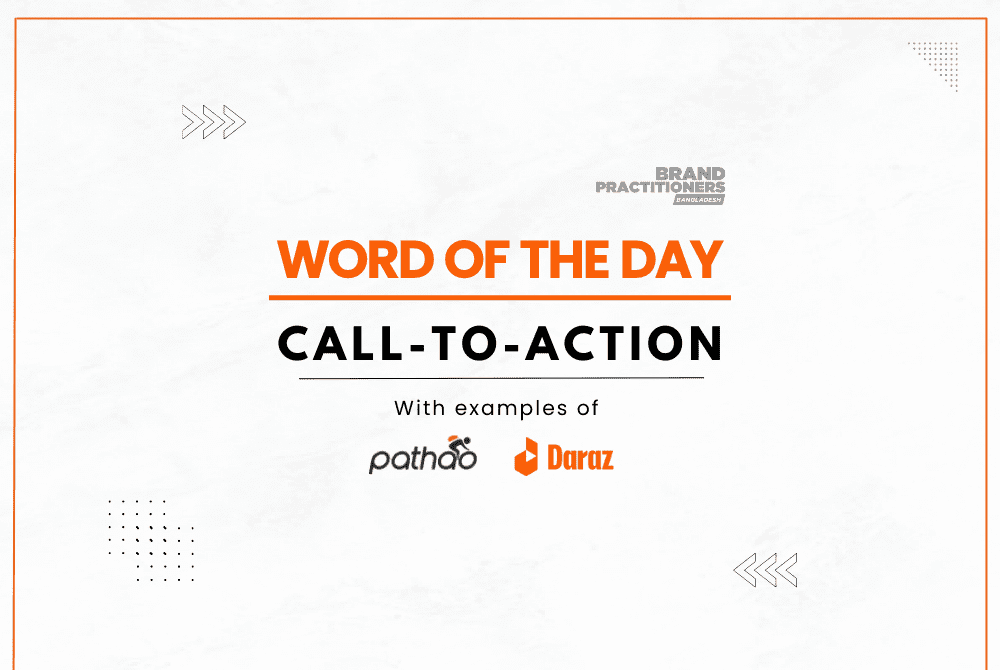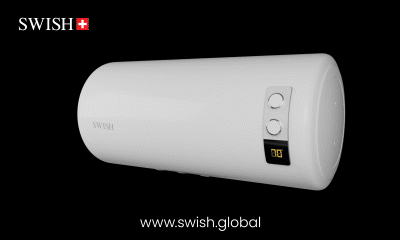
In the vast world of communication, where every message competes for attention Call-to-Action (CTA) stands out as a guiding beacon. From websites to advertisements, CTAs play a pivotal role in directing user behavior.
What is Call-To-Action (CTA)?
A Call-to-Action (CTA) is a prompt that urges users to take a specific action. These prompts are found everywhere – on websites, in emails, and within marketing materials. CTAs serve as bridges between mere communication and actual engagement.
Importance of Effective CTAs
A well-crafted CTA can influence decision-making by tapping into human psychology. It’s the difference between a passerby and an engaged customer. For businesses, CTAs are a direct pathway to achieving goals like increasing sales, acquiring leads, or expanding readership.
A strong CTA is a mix of art and science. It thrives on clear wording that leaves no room for confusion, compelling visuals that catch the eye, and a concise message that speaks directly to user needs.
How Call-To-Action Works in Marketing
CTA works as a friendly word in the world of marketing. CTA work by using words and designs that grab attention of your target audience.
For 1st Example: Pathao is the first major ride-sharing company in Bangladesh. It’s CTA, “Find a Bike”, encourages user to rent their bike instantly. By addressing the audience using action-oriented language, Pathao increases their user engagement.

CTAs also change based on who’s reading. For another example: When you think of buying a good product within your budget, the first thing you do is visit the Daraz and find the product you like. Just then you will notice, there is a “Buy Now” Call-To-Action below the product of your choice to buy the product.

CTA drive user engagement and conversions by providing a clear, actionable step. They create a bridge between the content or advertisement and the desired user behavior.












